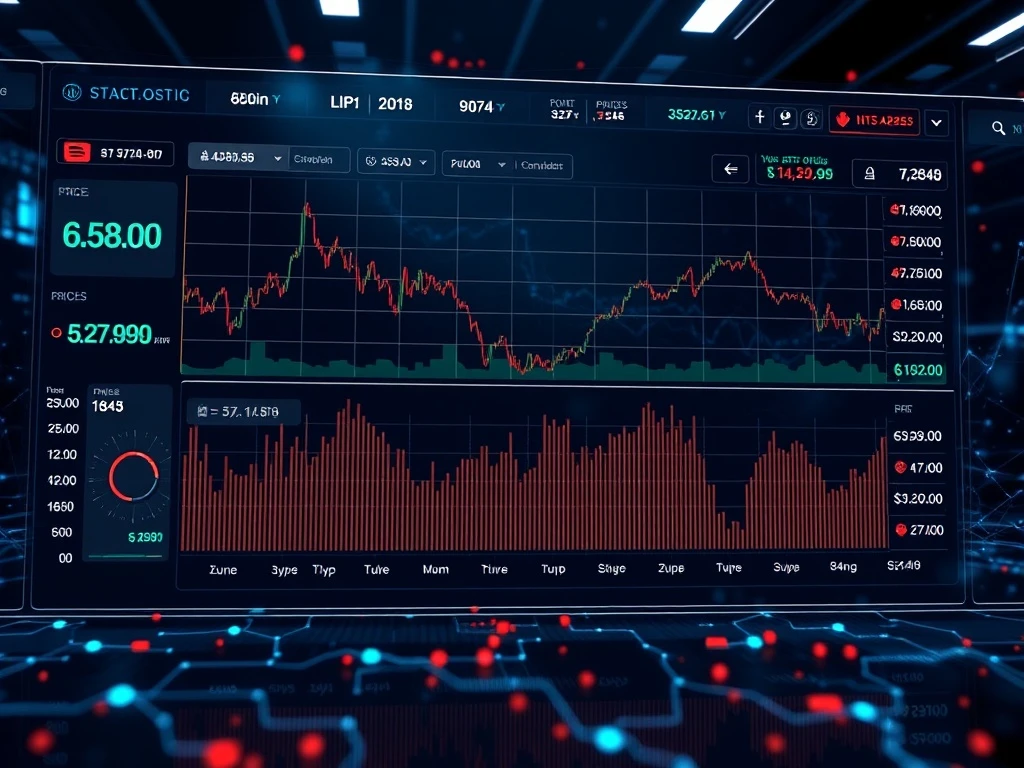Hyperliquid’s Shocking 6% Plunge After API Outage – Can DeFi Recover?

Hyperliquid, a leading decentralized perpetual futures exchange, faced a sudden 6% price drop after a 27-minute API outage. This incident not only disrupted trading but also raised critical questions about DeFi’s reliance on centralized components. Here’s what happened and why it matters.
Hyperliquid’s API Outage: What Went Wrong?
On July 29, 2025, Hyperliquid users experienced a 27-minute service disruption due to network congestion. Key impacts included:
- Trading halted completely
- Users unable to close positions or withdraw funds
- Short-selling and liquidation processes disabled
DeFi’s Centralized Weakness Exposed
The incident highlighted a critical contradiction in decentralized finance:
| Decentralized Ideal | Centralized Reality |
|---|---|
| Blockchain continued producing blocks | Front-end interfaces became inoperative |
| Smart contracts functioned normally | User access completely dependent on API |
Hyperliquid’s Remarkable Price Recovery
Despite the setback, Hyperliquid demonstrated impressive resilience:
- Rebounded from $42.30 to $43.00 quickly
- Maintained position above key moving averages
- RSI remained in neutral-to-bullish territory
Long-Term Growth Trajectory Intact
Hyperliquid’s fundamentals remain strong:
- 310% growth over six months
- 80.05% year-to-date gains
- 116.24% quarterly increase
FAQs About Hyperliquid’s API Outage
Q: Was user funds at risk during the outage?
A: No, the blockchain continued operating normally – only access interfaces were affected.
Q: How does this compare to other DeFi outages?
A: Similar incidents have occurred at other exchanges, highlighting a sector-wide challenge.
Q: Should investors be concerned about Hyperliquid’s future?
A: The swift recovery suggests strong fundamentals, but infrastructure improvements are needed.
Q: What lessons can other DeFi projects learn?
A: Greater redundancy in API infrastructure and clearer contingency plans are essential.









